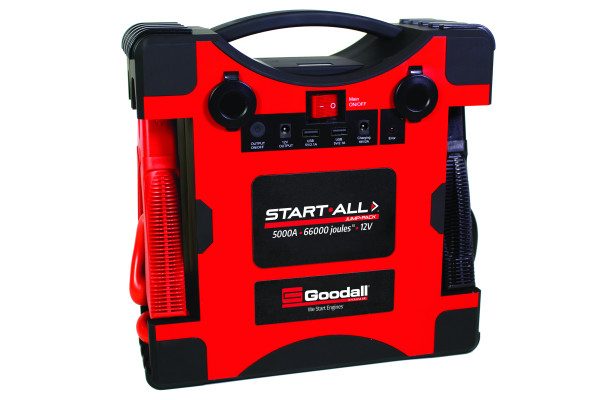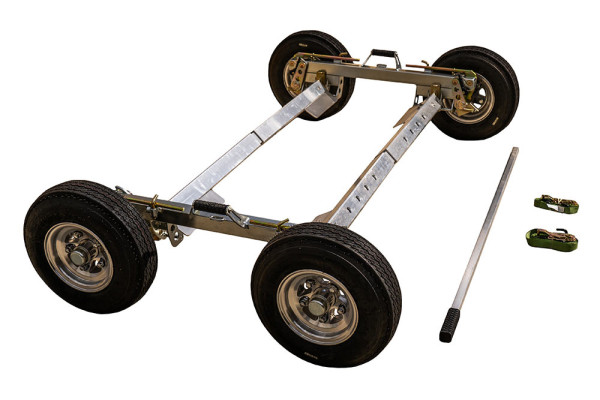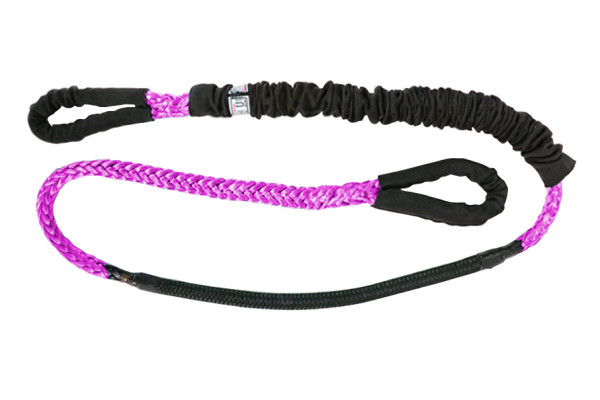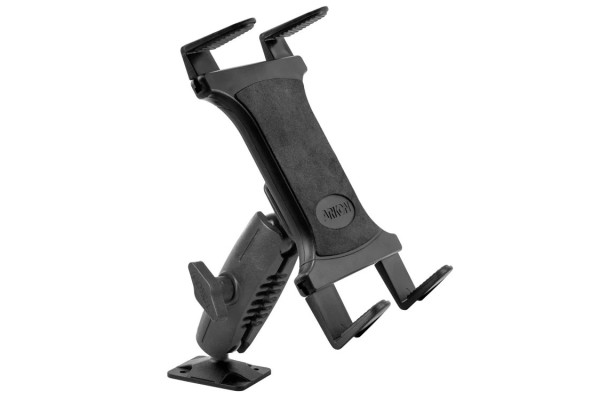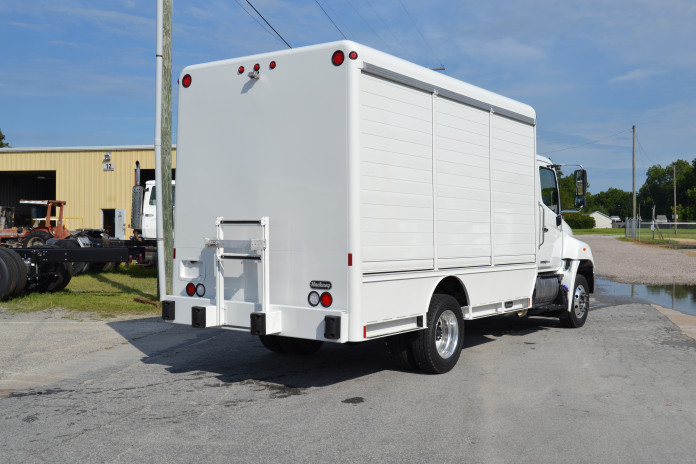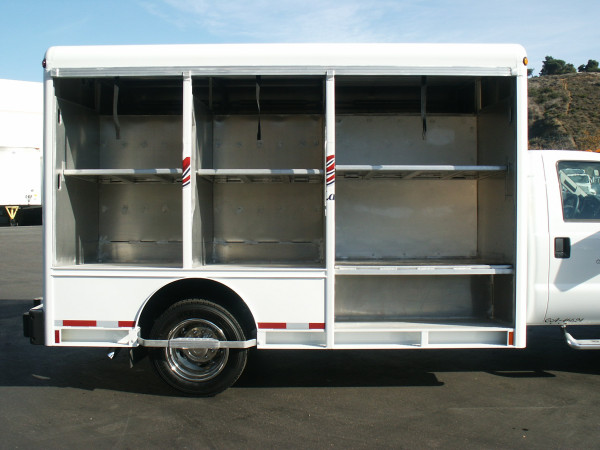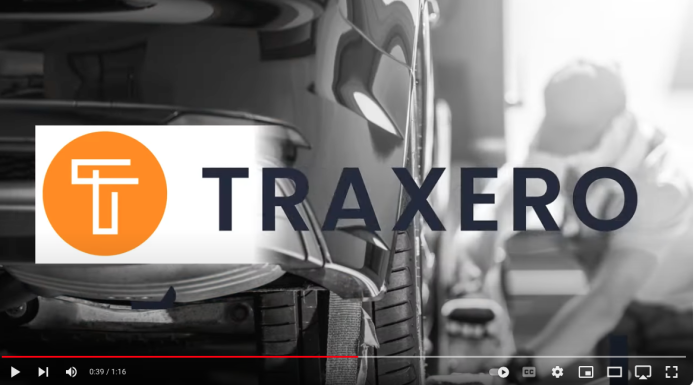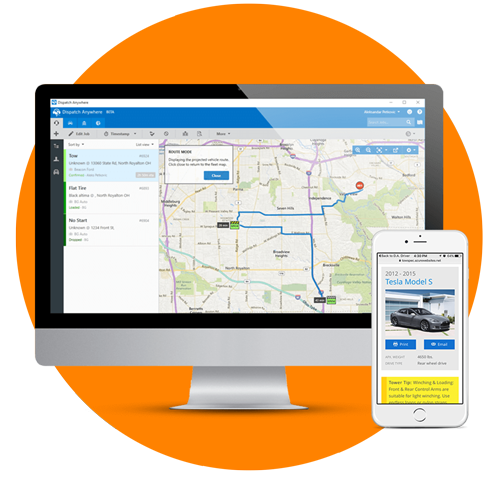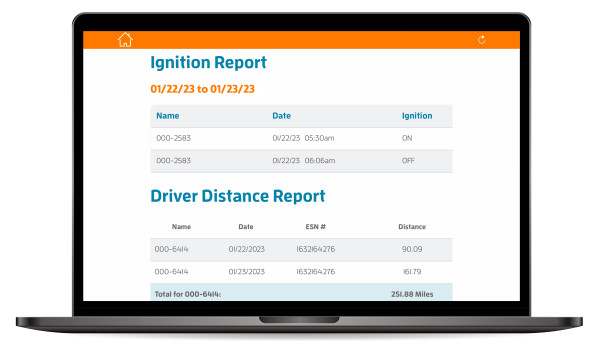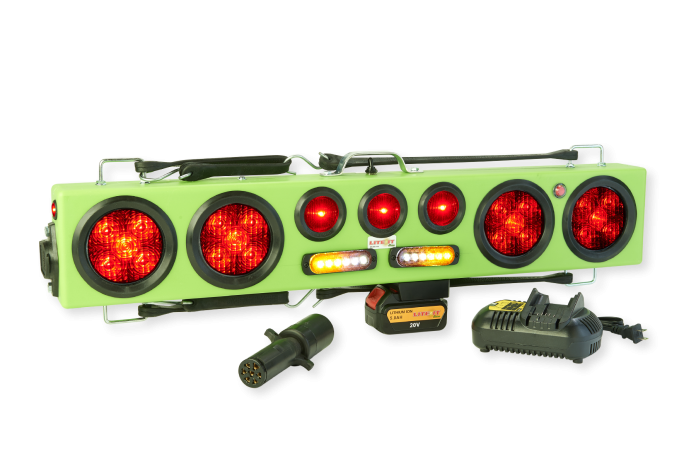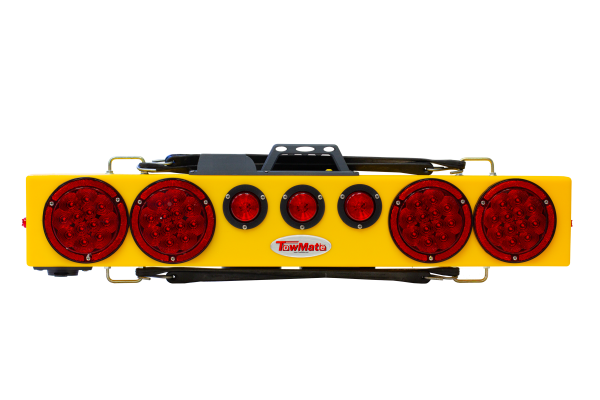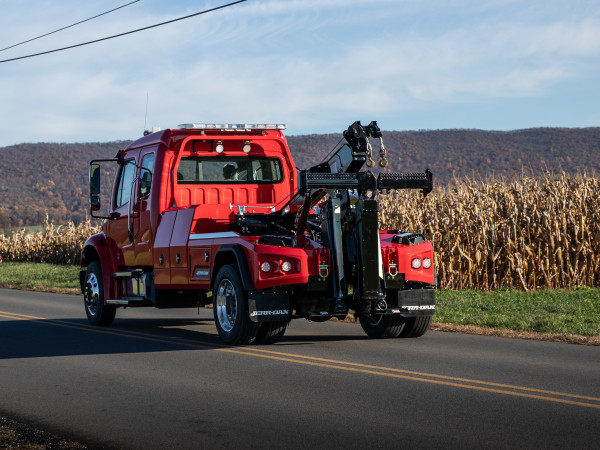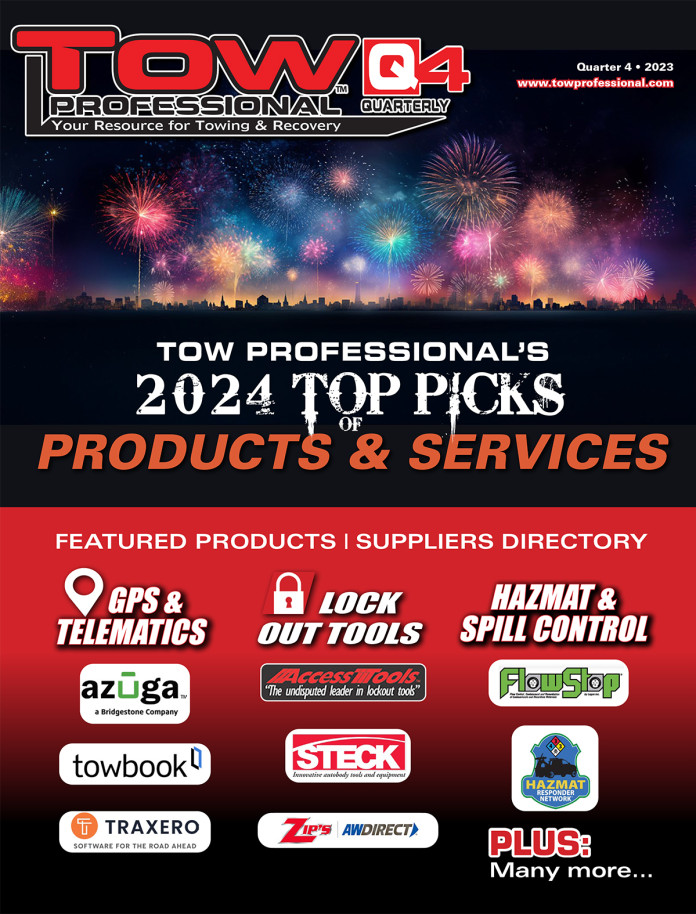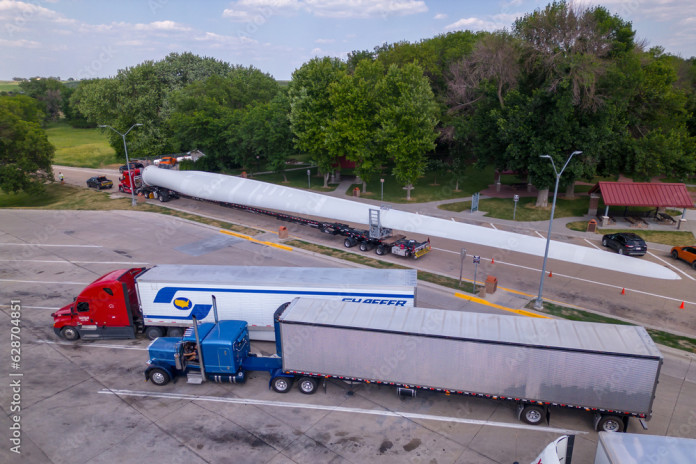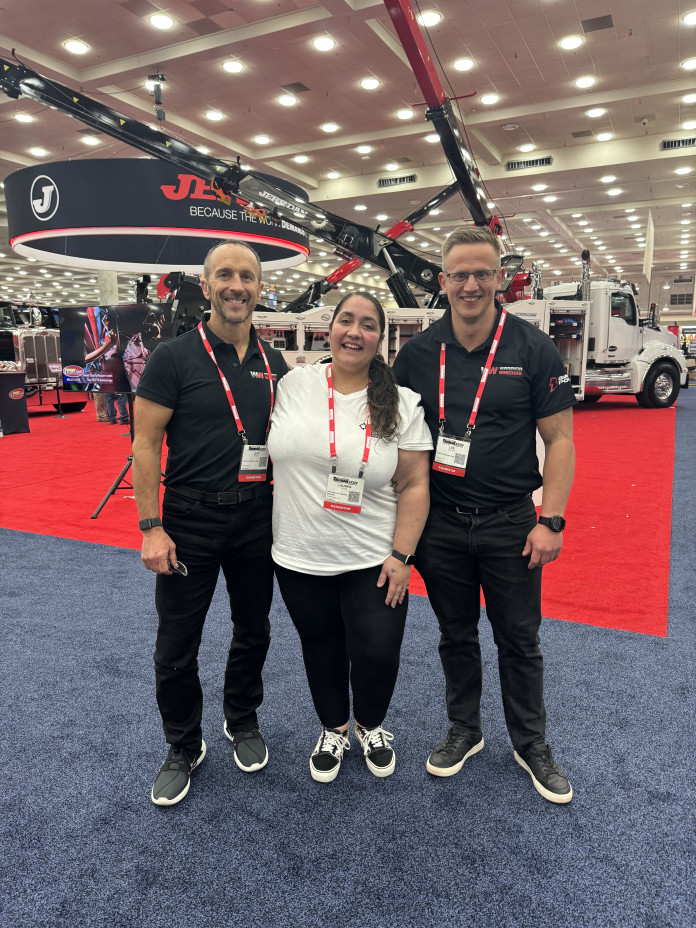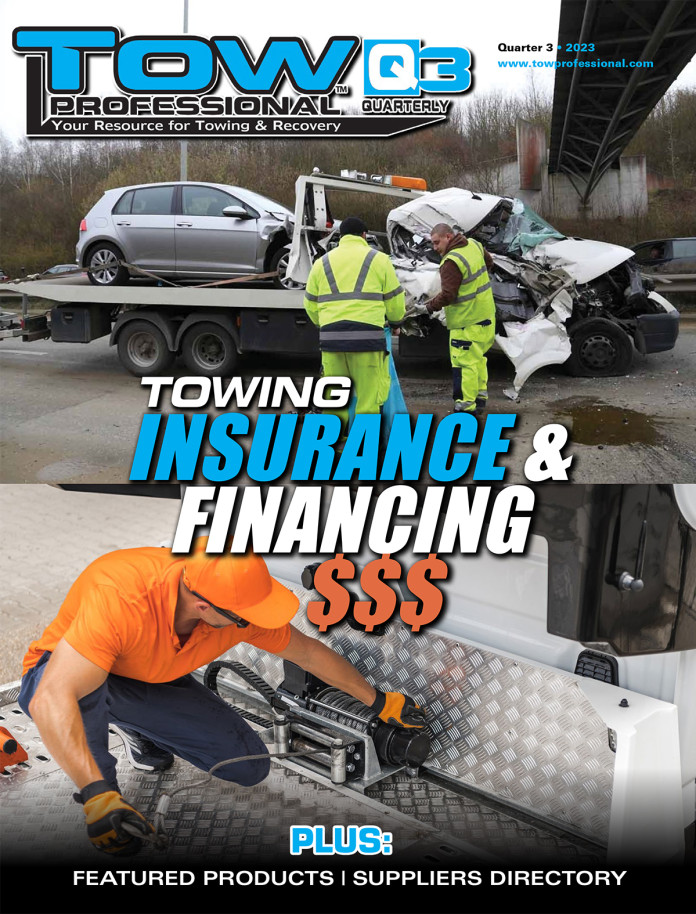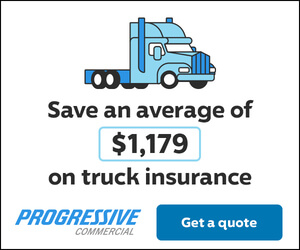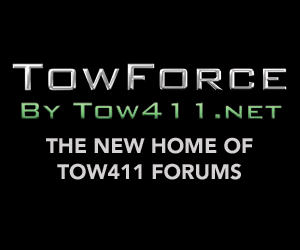Let us set the scene: it is dark, you cannot see far in front of you without a flashlight, but you need two hands to hook up the vehicle. What do you do?
Options:
- Hold the flashlight with your mouth.
- Place the flashlight on the truck pointing in the direction you need but it keeps rolling.
- Deploy a light tower and see even more than what a flashlight could shine on.

When deploying a light tower, you can aim the light where you need it most without moving the tow truck. The Night Scan HDT light tower deploys in less time than it takes to watch a TikTok video and once the light tower is set in place, you are free to move about your work scene. Adjusting the light tower is as easy as a push of a button to rotate and tilt the light fixture and The Night Scan Powerlite HDT allows for 360° of scene illumination with dual tilt capabilities. A wireless remote is also available to keep with you as you are moving about the area, so you do not have to return to the truck to adjust lighting.
Another advantage to having a light tower is to bring scene lighting from above and not have the light in your direct line of sight. The light tower allows for maximum visibility over your entire workspace by concentrating light in the work area without you being blinded by it. While adding visibility, The Night Scan HDT also aids in warning oncoming traffic, reducing the risk of other drivers not seeing you.
Continuing to add on top of all these features, Will-Burt light towers can be integrated with cameras and DVRs to record activity from above for billing and insurance purposes.
Pi-Lit Smart Sequential LED Road Flares
One of the many hazards of towing is the risk of other drivers not seeing you. A new way to warn oncoming traffic includes the Pi-Lit LED Smart Flares that can be placed on the ground or atop cones which bring attention to drivers by flashing in sync and inline by order of placement. The flares are packed in a carry case that recharges them and can be stored easily under a seat if needed. As soon as a flare is removed from the carry case, it turns on and begins to flash with the light pattern chosen from the last deployment with a mode memory feature. As a second flare is removed from the case it automatically synchronizes with the first.
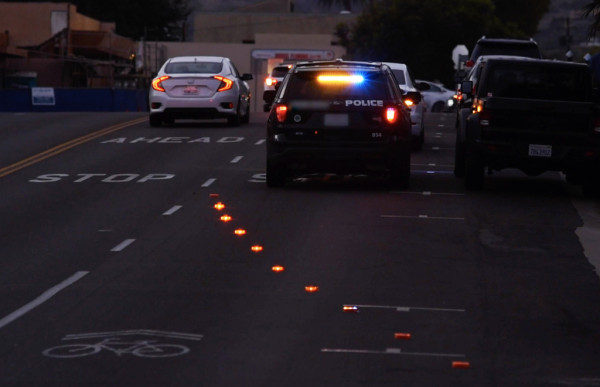
Pi-Lit Smart Sequential Road Flares can guide other vehicles around your work area by flashing in a line to direct traffic. Smart flares can also be placed away from your vehicle as well to assist in warning oncoming traffic around curves, hills, and freeways or to alert traffic of the upcoming scene.
New laws from the Department of Transportation (DOT) and the Federal Motor Carrier Safety Administration (FMCSA) have allowed Pi-Lit Smart Flares to be used in place of fuses or liquid-burning flares as they achieve the level of safety equivalent to or greater to the level of safety provided by the Federal Motor Carrier Safety Regulations (FMCSRs). Pi-Lit Smart Flares have also been deemed more environmentally friendly since liquid-burning or fuse flares can create a significant fire hazard, pollute water runoff, generate health hazards related to smoke inhalation, and cannot be used in spills of flammable materials.
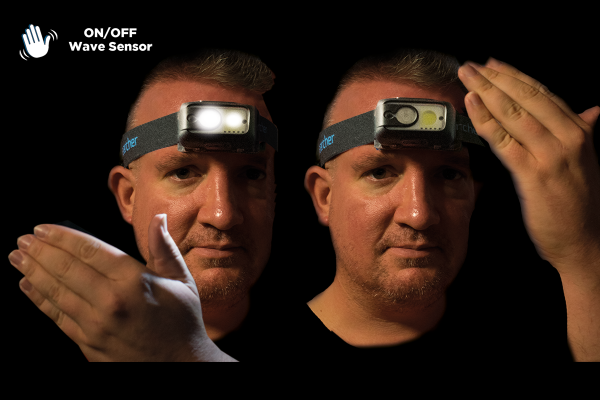
NightSearcher
If you need portable lighting, NightSearcher rechargeable lighting products are trusted to get the job done. Most products are powered by no maintenance lithium-ion batteries providing longevity and reliability in temperatures from -4° to 140°F, as well as containing a battery management system to protect against overcharging. Along with dependability in extreme temperatures, these portable lights are designed to operate in other harsh environments including rain and snow. NightSearcher portable lights are quick and easy to set up and require small storage space on a truck.
The WorkStar Connect has an adjustable base to angle light as you need it. Featuring four magnetic feet, a hanging hook, and a fold flat design, the WorkStar Connect is extremely versatile in applications. Power tool adapters are included to use rechargeable batteries you already have from brands like DeWalt, Milwaukee, Black & Decker, Stanley, Bosch, and Makita.
The Light Wave 520 headlamp can be turned on and off by the wave of a hand, has options for spot or flood beams, and includes clips to become mountable on a safety helmet if needed.
Tradeshows we will be attending this year include the Work Truck Show, Florida Tow Show, American Towman Showplace, American Towman Tow Expo, and American Towman Expo.
For more lighting products or to schedule a demo, visit our website at www.willburt.com.


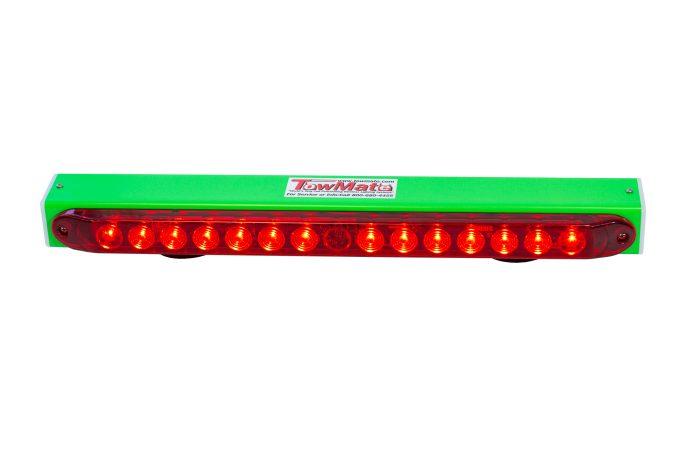
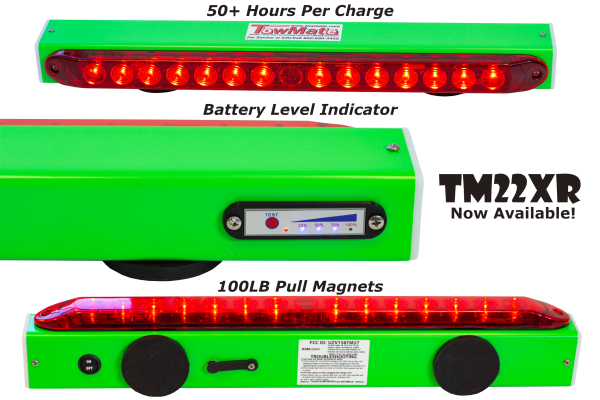
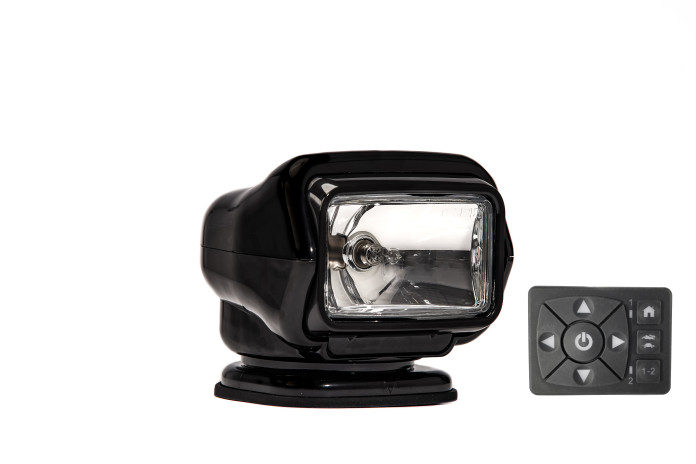

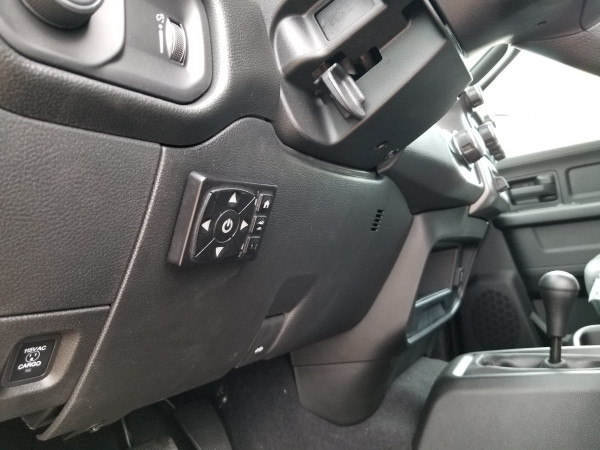
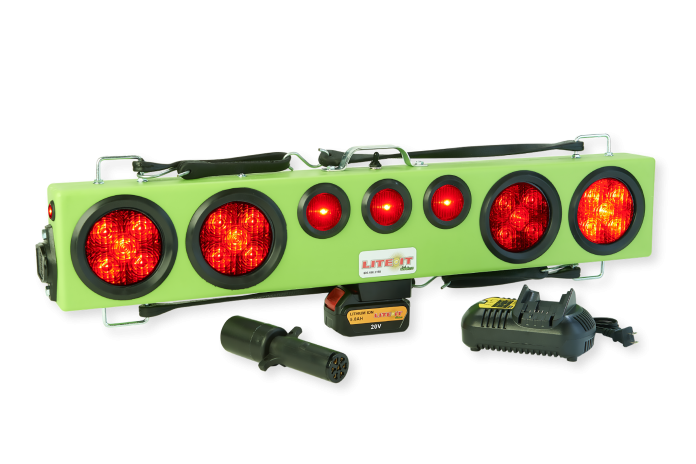



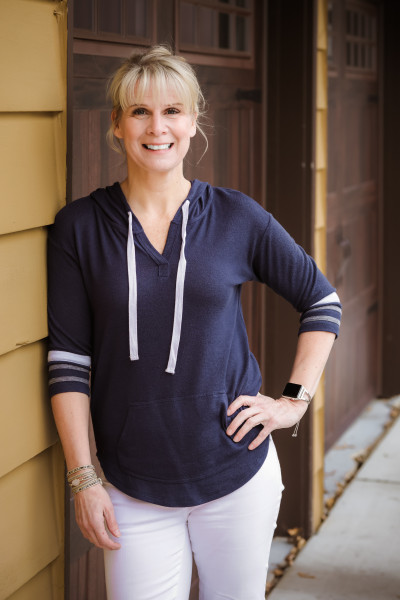 Seeking peer support in the towing industry can indeed be beneficial for overcoming challenges and sharing experiences. Networking with fellow professionals allows you to gain insights into common issues, best practices, and innovative solutions. You can consider joining industry forums, online communities, or attending local and national towing association events to connect with others in the industry.
Seeking peer support in the towing industry can indeed be beneficial for overcoming challenges and sharing experiences. Networking with fellow professionals allows you to gain insights into common issues, best practices, and innovative solutions. You can consider joining industry forums, online communities, or attending local and national towing association events to connect with others in the industry.